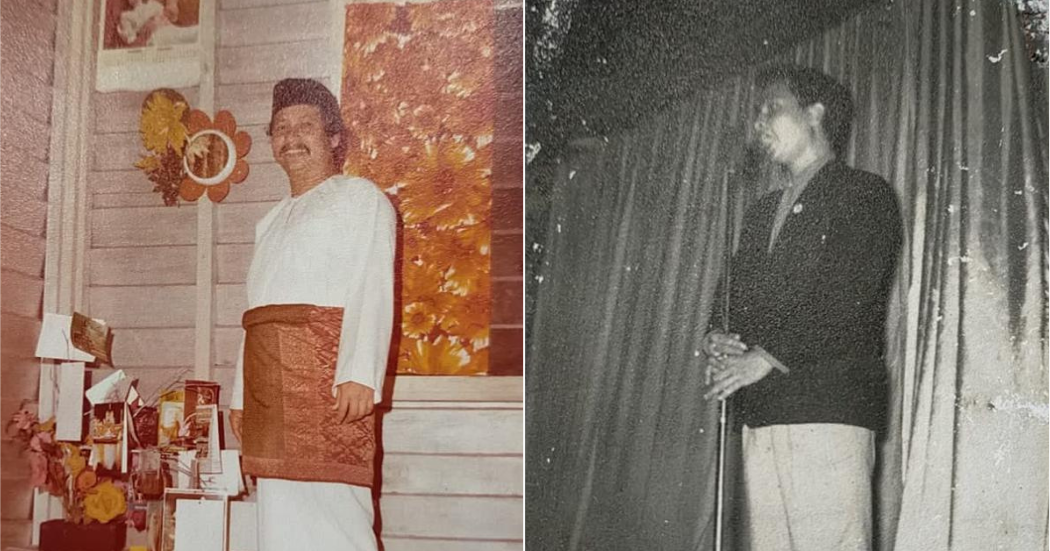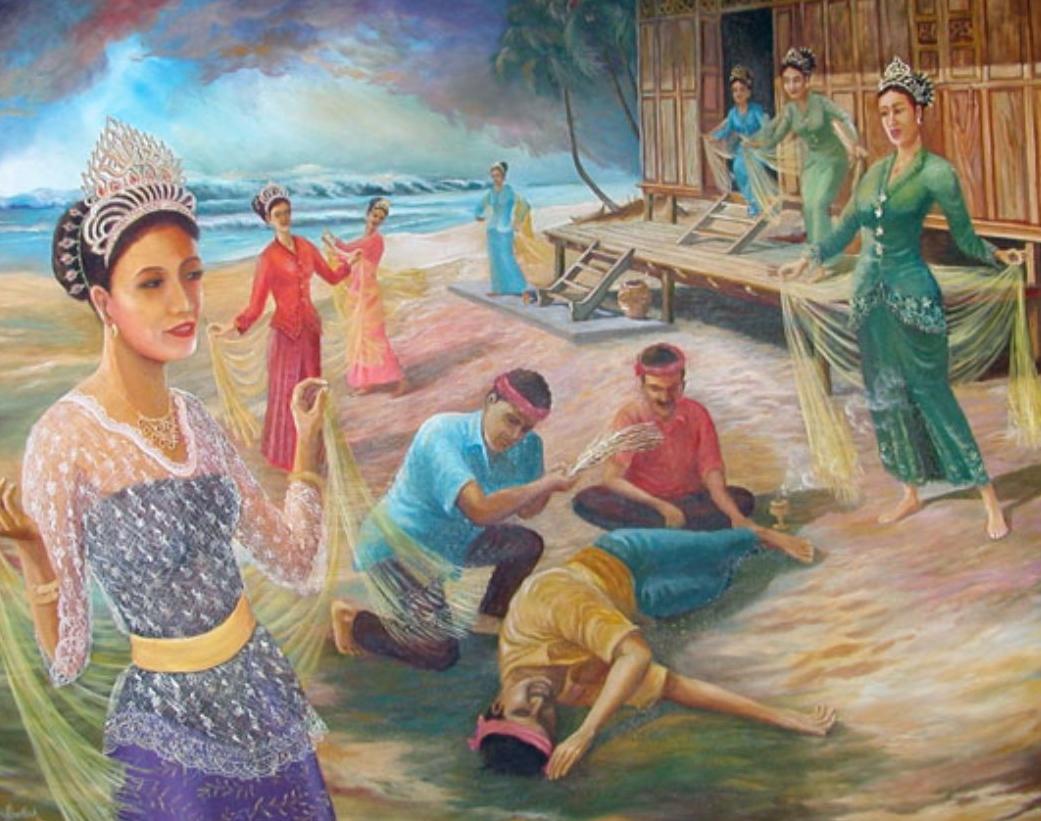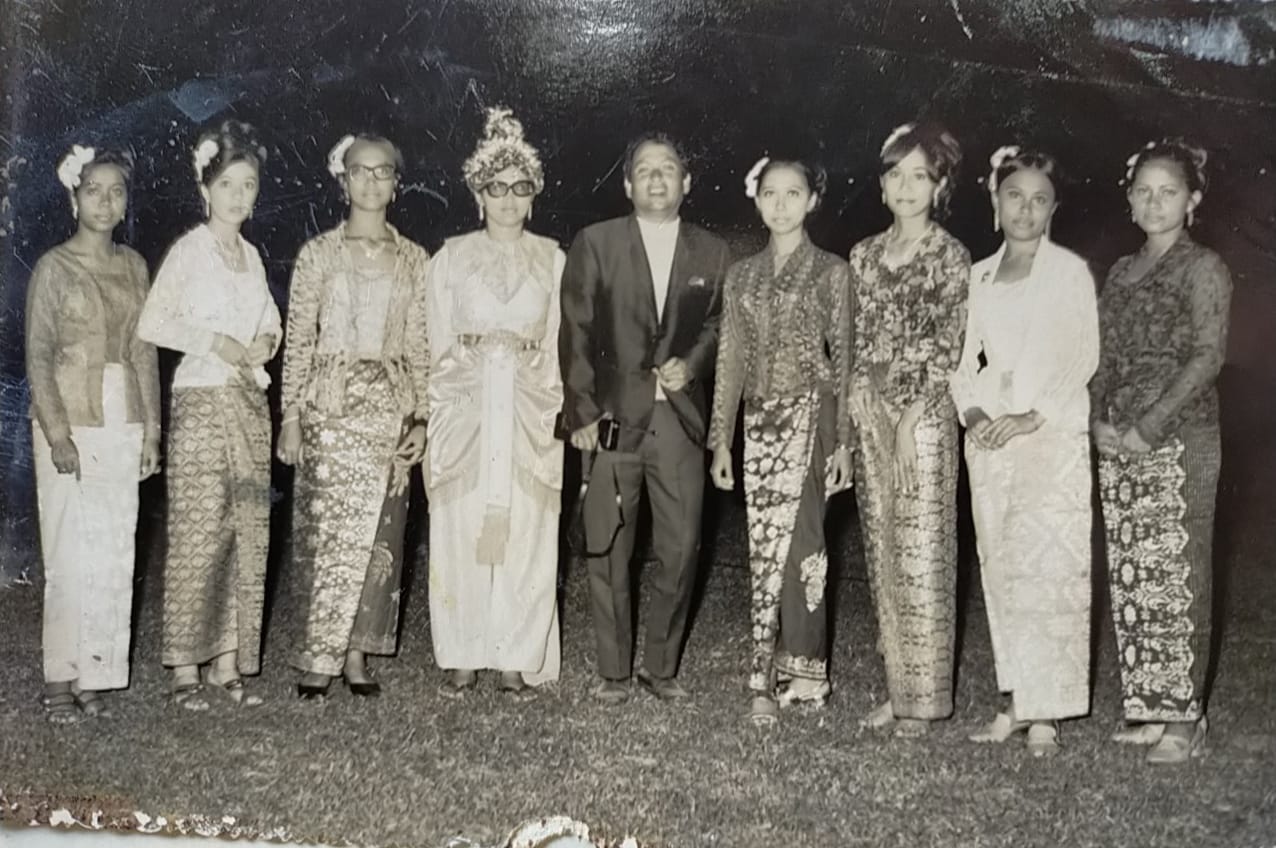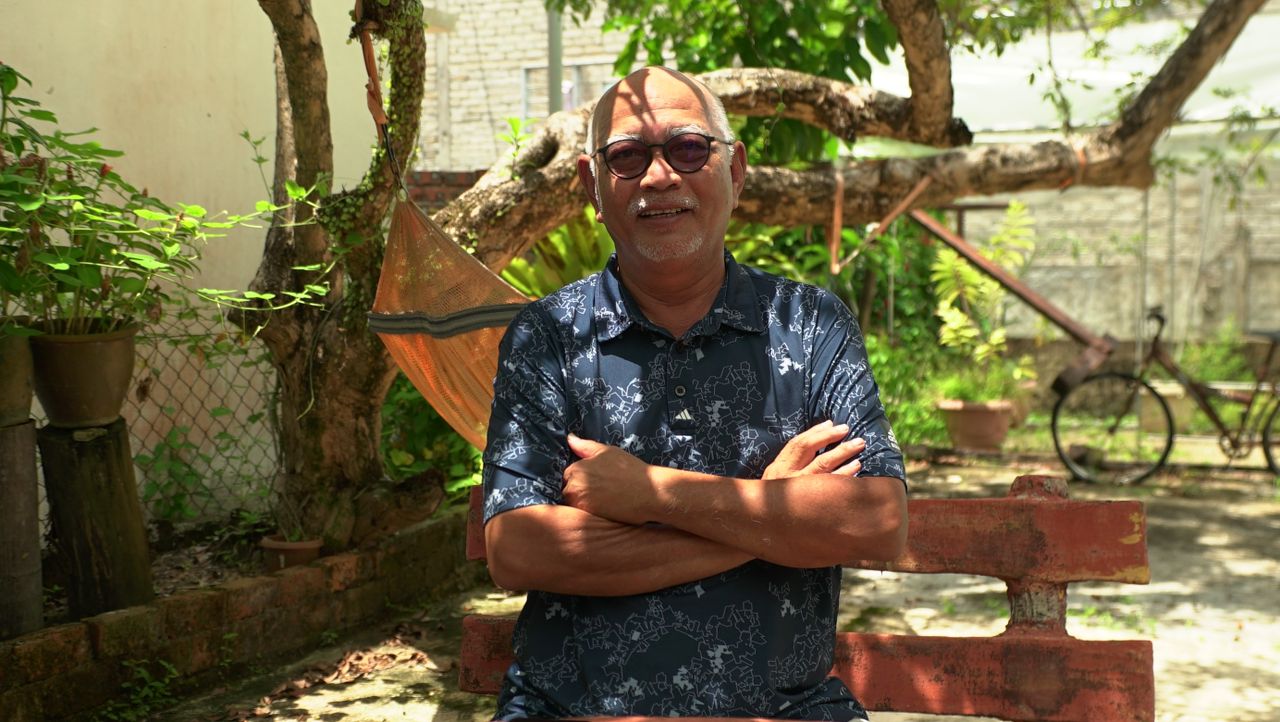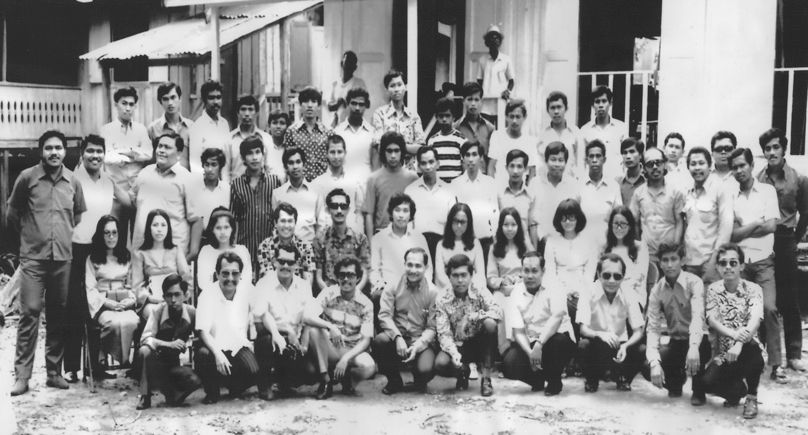The True Story Behind The Supposedly Haunted 'Ulek Mayang' Song & Dance
Despite popular beliefs, 'Ulek Mayang' does not have mystical elements that can possess its singers.
Growing up in Malaysia, many of us have probably heard of the lore behind Ulek Mayang, a supposedly haunted traditional Malay song
According to legends, the song's tune, lyrics, and melody are filled with mystic elements.
Rumour has it that if you dare to sing Ulek Mayang alone at a beach or in your home at night, you might find yourself face-to-face with seven ethereal princesses. However, these creatures might whisk you away and trap you in a mystical realm, commonly known as alam bunian—think of it as Malaysia's version of the Bloody Mary legend!
Just like other stories involving the alam bunian, those who are taken by these princesses will find it difficult to make their way back to the human world, leaving them lost in a universe no human can see with the naked eye.
Some also believe that if a person sings the entire Ulek Mayang song, they will be possessed by the seven princesses, causing them to perform a traditional dance even if they've never learned it before.
But how true is this legend, and is Ulek Mayang really a haunted tune?
To understand the origin of the song and why it might be associated with mystical occurrences, let's delve into its history.
The Ulek Mayang song was originally composed by the late Tuan Haji Mazlan Embong and his friend, Shamsuddin Din, in the 1960s. The duo crafted the song for the Darul Ehsan Arts and Culture Club, intending it to be a part of the group's performance repertoire in Terengganu.
But Ulek Mayang isn't just a song, it's actually a traditional performance that comprises various artistic elements, including music and dance.
As part of the group's repertoire, Ulek Mayang played an important role in preserving and promoting the rich heritage of Terengganu through artistic expression.
However, the inspiration behind the Ulek Mayang performance came from the roots of a popular tale from Terengganu, which tells the story of a fisherman who was lost at sea
Wan Salmah Wan Sulaiman, one of the dancers of Ulek Mayang in its golden days, told SAYS that the chants used in the performance were inspired by an ancient ritual.
This ritual was performed by a bomoh (shaman) and seven sea princesses, in the hopes of retrieving the missing fisherman and returning him to his family. However, these princesses could only be seen by the bomoh who led the ritual.
During the ceremony, the bomoh is also believed to have utilised the flowers of a mayang (betel nut) tree. Upon the successful completion of the ritual, locals gathered and presented pulut kuning (coloured glutinous rice) and flowers as a token of gratitude.
Wan Salmah added that the success of the ceremony led to the locals turning the ritual into an annual performance during the Animism era.
Fast forward to the 20th century, Mazlan and Shamsuddin took elements from the ritual, and transformed them into the traditional performance that we know and love today
In the 1960s, the Darul Ehsan Arts and Culture Club popularly showcased the Ulek Mayang performance at formal state events, including award ceremonies and gatherings at the residences of former Menteri Besars.
The versatility of the group was evident in their approach to Ulek Mayang. They ingeniously integrated other popular traditional dances like Gamelan and Mak Yong into the performance, creating a culturally rich and diverse art showcase.
The performers of the Darul Ehsan Arts and Culture Club.
Image via Wan Salmah Wan Sulaiman (Provided to SAYS)The Darul Ehsan Arts and Culture Club winning the 1962 All-Malaya Dance Competition.
Image via Wan Salmah Wan Sulaiman (Provided to SAYS)Despite popular belief, the Ulek Mayang does not have mystical elements that can possess its singers
According to Haji Hosni Mokhtar, Mazlan's nephew, many people believe that Ulek Mayang has mystical qualities because they perceive the song as being used to worship the seven princesses, which also goes against Islamic beliefs.
"The Ulek Mayang does not have any form of worshipping whatsoever. This belief might have originated because of the old tale that inspired the performance.
"The tale involves seven princesses from the alam bunian, so this likely made them misunderstand the art form," Hosni told SAYS.
Meanwhile, Wan Salmah said that the Darul Ehsan Arts and Culture Club performed Ulek Mayang for entertainment purposes only, not to worship any mystical creatures.
"The club intended to perform Ulek Mayang for entertainment purposes only. Never once did it cross our hearts to turn it into any form of worshipping," said Wan Salmah.
Now that we have debunked the myth surrounding Ulek Mayang, let's learn the lyrics to the traditional song
Umbok,
Mayang diumbok,
Umbok dengan jala,
Jemal.
Ulek,
Mayang diulek,
Ulek dengan puterinya dua.
Puteri dua berbaju serong,
Puteri dua bersanggol sendeng,
Puteri dua bersubang gading,
Puteri dua berselendang kuning.
Umbok umbok dengan jala jemala,
Nak ulek mayang diulek.
Ulek dengan puterinya empat,
Puteri empat berbaju serong,
Puteri empat bersanggol sendeng,
Puteri empat bersubang gading,
Puteri empat berselendang kuning.
Umbok umbok dengan jala jemala,
Nak ulek mayang diulek.
Ulek dengan puterinya enam,
Puteri enam berbaju serong,
Puteri enam bersanggol sendeng,
Puteri enam bersubang gading,
Puteri enam berselendang kuning.
Umbok umbok dengan jala jemala,
Nak ulek mayang diulek.
Ulek dengan puterinya tujuh,
Puteri tujuh berbaju serong,
Puteri tujuh bersanggol sendeng,
Puteri tujuh bersubang gading,
Puteri tujuh berselendang kuning.


